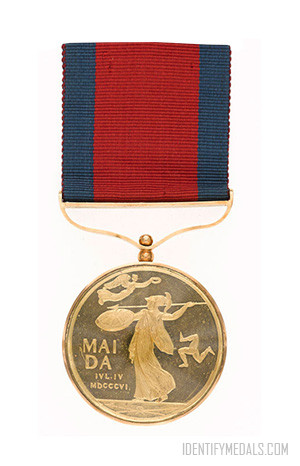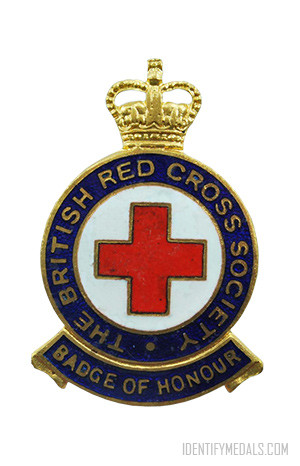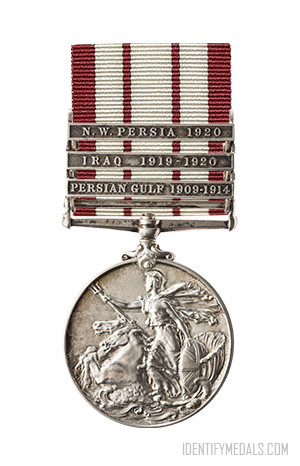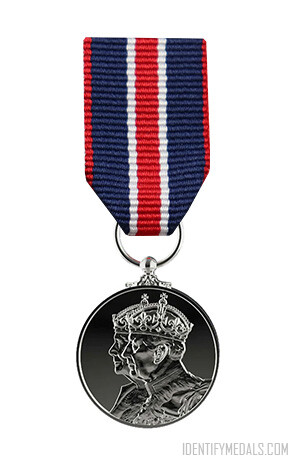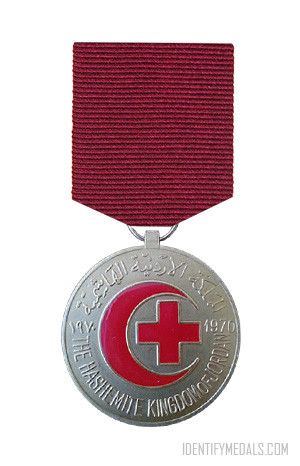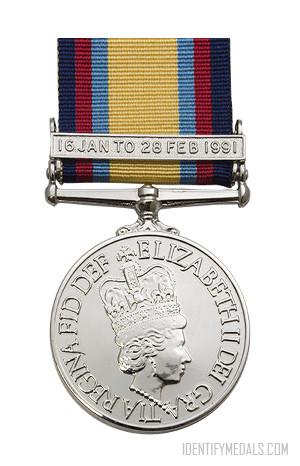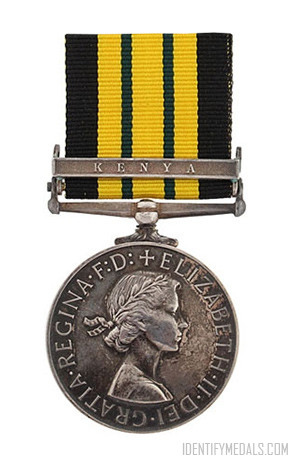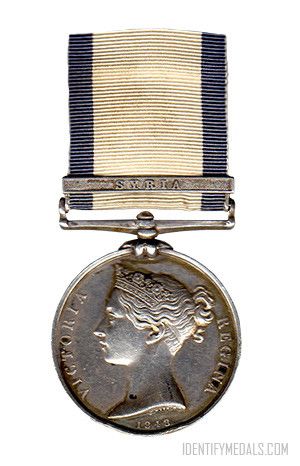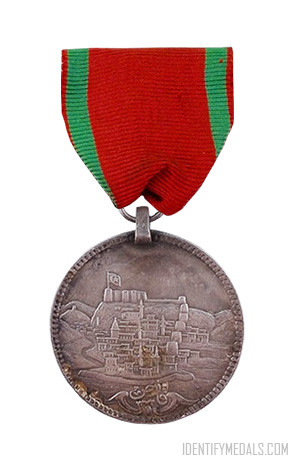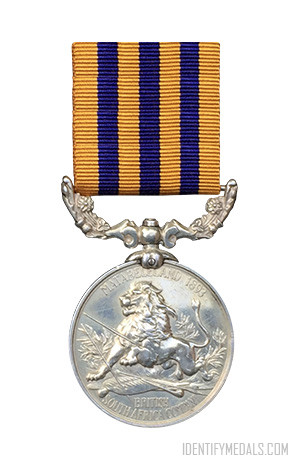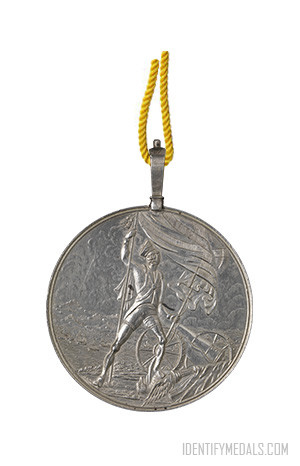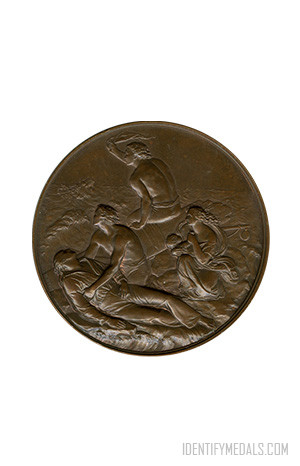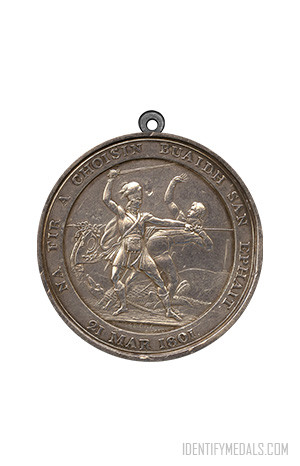- Time Period: Pre-WW1
- Year of Institution: 1806
- Country: Great Britain
The Battle of Maida Medal was established in 1806 and awarded to the thirteen senior officers involved in the battle of Maida. Only an unknown number of gold and silver specimens are known to exist.
The Battle of Maida was fought on 4 July 1806 was a battle between the British expeditionary force under General Sir John Stuart and a much larger French force outside the town of Maida in Calabria, Italy during the Napoleonic Wars. Sir John Stuart’s forces numbered about 4,500, while Marshal Reynier’s force consisted of more than 6,000. French casualties were heavy, estimated to be in excess of 2,000, while those of the British were limited to less than 400.
The Battle of Maida was the British Army’s first victory since the beginning of the French Revolution on mainland Europe. It shattered Napoleon’s aura of invincibility, created by his outstanding victories such as Marengo and Austerlitz. It also proved to the Duke of Wellington, who received a report on the battle, that British lines could beat French columns.
The Maida Gold Medal Design
The medal is struck in gold and measures 39 mm in diameter.
The obverse shows the laureated profile of George III. The reverse bears the winged figure of Victory hovering with a laurel wreath over the head of Britannia. Britannia has her shield upraised and is in the act of throwing a spear. The name and date of the battle appear on her left, with the trinacria or three-legged emblem on the right.
The ribbon measures 38mm wide and is crimson edged with navy blue.

